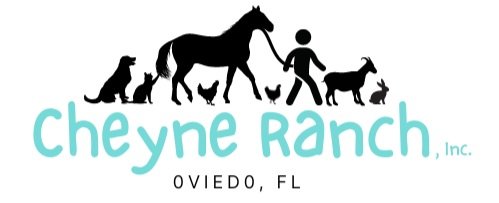Top 10 Foundational Riding Skills for Independent Trotting
From groundwork to posting trot, here are the 10 essential skills we teach — and the games that help riders master them.
1. Safe Horse Handling & Tacking Up
Key Skills:
Approaching, haltering, and leading a horse from both sides
Tying with a quick-release knot for safety
Grooming, picking hooves, and learning safe zones around a horse
Saddling and bridling correctly
Recognizing horse body language (e.g. ears pinned, relaxed eye)
Why it matters: These tasks build confidence, respect for the horse, and lay the groundwork for independence before even getting in the saddle.
Games:
Two-Legged Horses, Saddle Up Relay, Stuff Happens Cards, Tack Grab Bag, Pony Charades, Sort It Out
2. Mounting, Dismounting & Emergency Exits
Key Skills:
Mounting with control and balance (usually from a block)
Safe dismounting with focus on body position and reins
Emergency dismounts at the walk (and later trot) for safety practice
Why it matters: Riders must be able to get on/off the horse confidently and know how to exit quickly and safely in an emergency.
Games:
On Again, Off Again, Rescue Race, Musical Cones, Whistle Drills, Hula Hoop Game
3. Balanced Full Seat at the Walk
Key Skills:
Maintaining upright posture with shoulder–hip–heel alignment
Relaxing through joints to move fluidly with the horse
Using the seat as a stable, confident base of control
Why it matters: A well-balanced seat is the rider's anchor — it’s the starting point for all control and communication with the horse.
Games:
Around the World, Teeter-Totter, Save the Ducks, Bareback Twister
4. Using Natural Aids for Transitions & Turns
Key Skills:
Learning to cue the horse using seat, legs, hands, and voice in harmony
Practicing transitions between walk and halt
Using gentle, clear rein and leg cues to guide turns
Why it matters: Riders must learn to steer and stop using body language, not just reins — this creates softer, more responsive horses.
Games:
Red Light, Green Light, Touch Tag, Master the Maze, On the Road, Four Flags
5. Steering & Riding Ring Figures at the Walk
Key Skills:
Following the rail and navigating arena corners smoothly
Executing changes of direction (diagonals, circles, serpentines)
Keeping visual focus ahead — “look where you want to go”
Why it matters: Learning ring figures sharpens control, improves rhythm, and teaches intentional steering — not just riding aimlessly.
Games:
Mountain Trail, Elephant Bumblebees, Merry-Go-Round, Train Tracks
6. Two-Point Over Ground Poles (Walk)
Key Skills:
Riding in a half-seat/two-point (hips hinged, upper body forward, heels down)
Staying steady over poles, without gripping or tipping
Learning to ride terrain changes and prep for trot work
Why it matters: This position builds strength, balance, and prepares the rider for future trot, trail, and jump work.
Games:
Journey to Jumping, Challenge Box, Two-Point Time
7. No-Stirrup Work (Walk & Halt)
Key Skills:
Dropping and retrieving stirrups without looking
Riding with no stirrups to build leg strength and seat independence
Developing core engagement and body awareness
Why it matters: This work is essential for creating a “glued” seat and independent hands — especially helpful in adaptive riding and trot work.
Games:
Fitness First, No Stirrups, No Problem, Strong Without Stirrups, Bareback Work
8. Intro to Trot: Sitting & Posting (Longe/Leadline)
Key Skills:
Feeling the two-beat rhythm of the trot
Sitting softly without bouncing
Learning and practicing the “up-down” motion of posting trot
Why it matters: Riders begin adjusting to the motion of the trot with the horse under control — no need to steer yet, just focus on the body.
Games:
Rise Up, Ice Cream Run, Two-Beat Trot, Posting Practice
9. Independent Hands at the Trot (Longe/Leadline)
Key Skills:
Keeping hands still and low at the withers while trotting
Learning to balance the body without pulling on the reins
Building hand–seat independence for safe, soft riding
Why it matters: Hands that bounce or pull confuse the horse — this step teaches the rider to stay balanced without relying on the reins.
Games:
In Good Hands, Multitasking Trot Poles, Airplanes II
10. Smooth Walk–Trot Transitions (Longe/Leadline)
Key Skills:
Giving consistent, timed cues to ask for a trot or return to walk
Preparing the body for the transition (no slumping or leaning)
Staying balanced throughout the change
Why it matters: These transitions are the last step before trotting independently. A smooth start/stop shows the rider is ready.
Games:
Dress Rehearsal, Transition Tournament, Tortoise & Hare
🧠 Final Note:
These skills build upon one another — just like climbing a ladder. Games aren't just fun; they create body awareness, control, and confidence. Every rider's journey looks different, and progressing at their own pace is part of the process.
